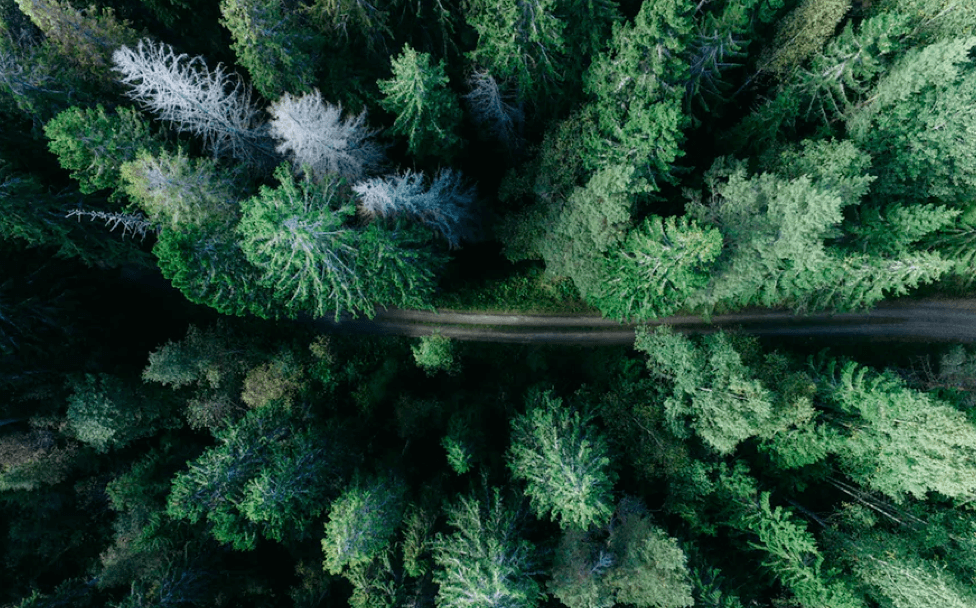Contains at least 60% of recycled materials.
Matching products
See all productsContains at least 60% of recycled materials.
Recycled content definition
Recycled content was a wastage, but has been processed to become a ‘new’ material. Paper and cardboard that is to be recycled is broken down into small pieces and turned into "new" pulp. This pulp is usually mixed with virgin paper, as every time paper is recycled, it loses a little structural integrity. The pulp is then pressed and dried, resulting in cardboard.
Plastic packaging can also be recycled in a similar way: mixing recycled and virgin material to keep the structural integrity.

Why you should use recycled materials
Recycled materials are a core element of a circular economy that focusses on reusing materials. Using recycled materials lowers a company’s dependence on virgin materials, as well as the energy used to get them.
Staggering amounts of non-biodegradable plastics end up in landfill every day, so finding a way to reuse these plastics keeps them out of landfill and gives them another purpose.
What’s pleasing to know is that most cardboard and paper products in the EU have high recycled material content - often over 80%. Recycled paper and corrugated cardboard are easier to source than 100% virgin materials.
Why you shouldn’t use recycled material
Some products don’t have an option to be made from recycled content due to safety requirements (e.g., food and medical products) as doing so affects the structure, colour or finish of the material.
Packhelp and recycled materials
The majority of Packhelp’s products contain recycled materials. Our mailer boxes, shipping boxes and labels contain recycled materials, as well as the recycled fabric version of our tote bag.







